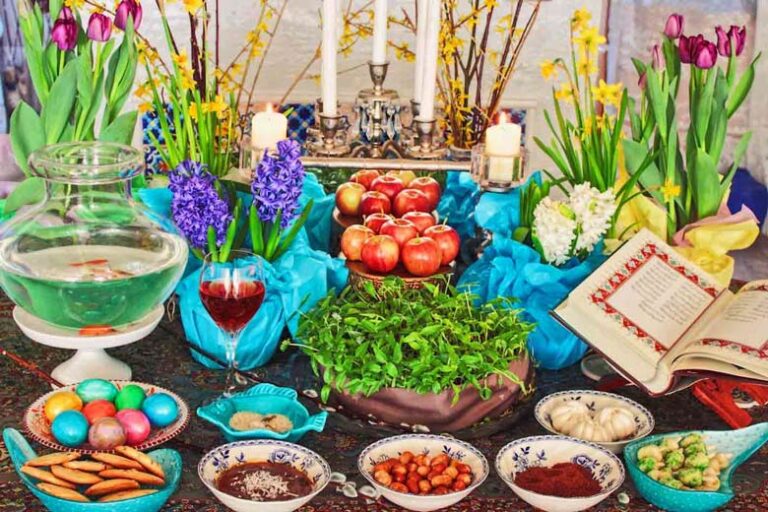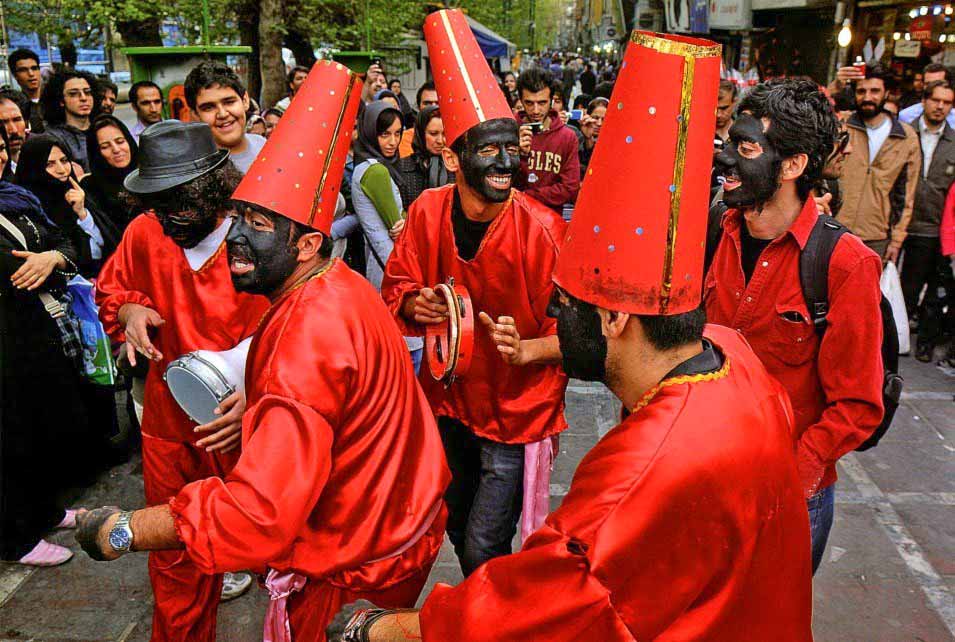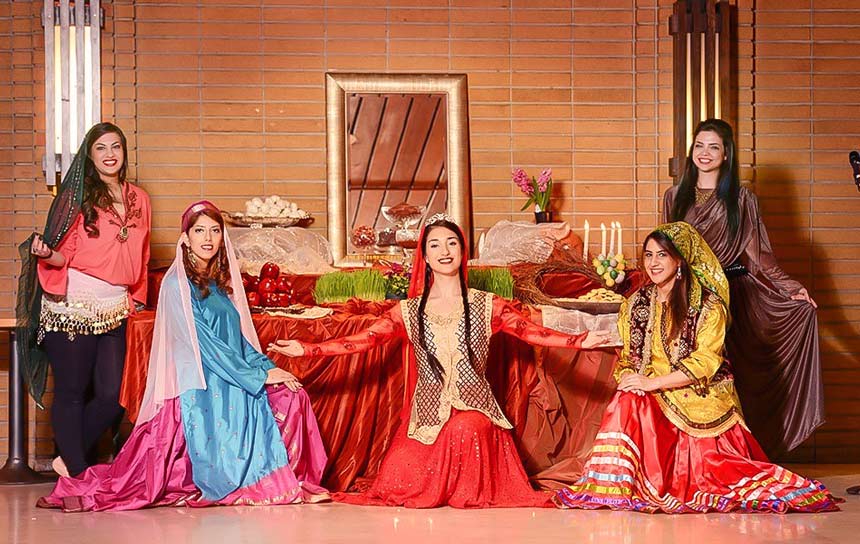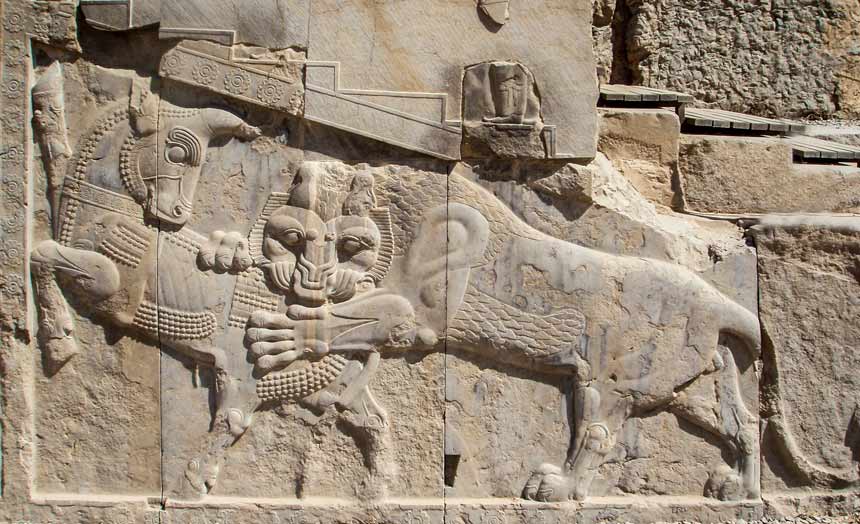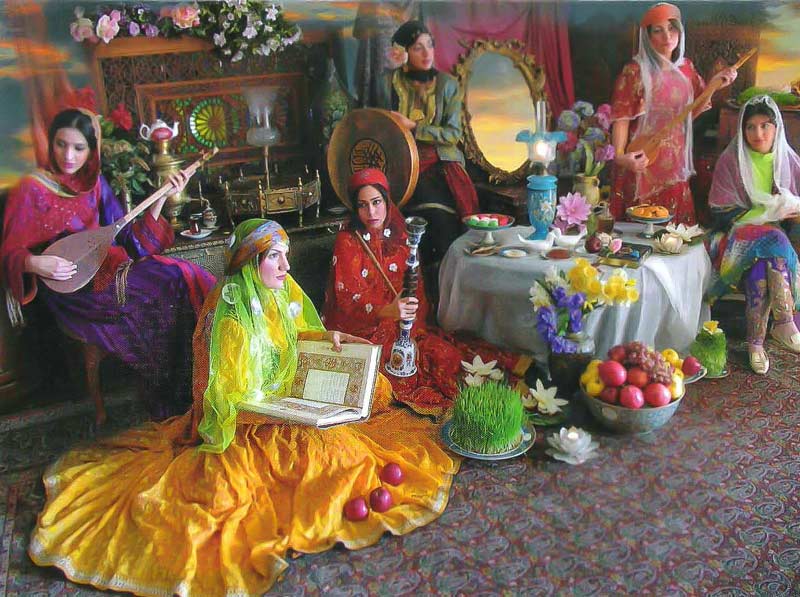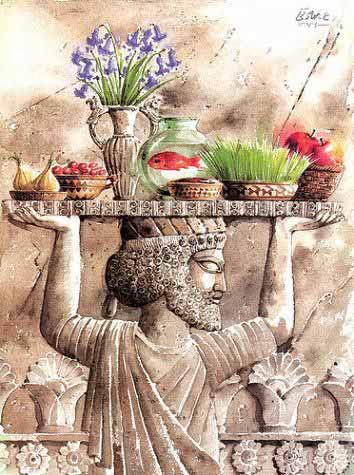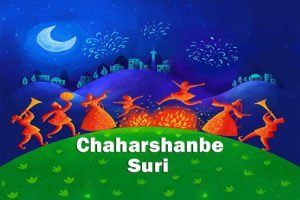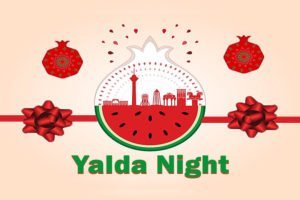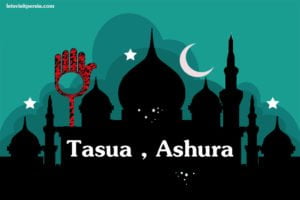Nowruz (Iranian New Year)
Nowruz, a holiday of spring and renewal, also known as Persian New Year, is one of the most ancient celebrations in mankind’s history and has been celebrated for more than 3,000 years.
This important festival is celebrated worldwide by various ethnolinguistic groups and it is deeply rooted in the rituals and traditions of the Zoroastrian religion.
These days Nowruz is celebrated in a large area of Asia such as Iran, India, Azerbaijan, Afghanistan, Uzbekistan, Iraq, Kazakhstan, and Kyrgyzstan.
Nowruz begins at the exact moment of the vernal equinox, commencing the start of the spring when night and day are of equal length.
Nowruz which means “New Day” is followed by the event of Tirgan in summer, Mehregan in fall, and Yalda in winter.
Nowruz marks the first day of the first month of the Iranian calendar and it’s the day when winter changes into spring.
It is the most important and the most colorful event in Iran and it occurs on March 21 or the previous or following day, depending on where it is observed.
Definition of Nowruz
It all begins in early March. The Spring Cleaning tradition that is known as “Khaneh Tekani”, is commonly done in almost every household before the arrival of Nowruz and all family members are involved in this ritual. People start getting ready for Nowruz by cleaning the whole house.
Washing all curtains and carpets, wiping the windows, polishing silverware, decorating the house, ridding the home of any unnecessary clutter and replacing or repairing the old furniture.
Everything’s scrubbed and polished until the whole house is sparkling clean.
At this time of year in Iran, you’re likely to see many Persian rugs hanging outside.
Spring cleaning is commonly done before the arrival of Nowruz. It represents a wish to put away old things from the previous year and bid farewell to it and prepare for better things to come in the New Year by welcoming it.
Then it’s shopping time. During the weeks left to the Nowruz, people head for the markets and shopping centers.
They buy new clothes, new shoes, fresh fruits, sweets and confectionaries, nuts, flowers like the hyacinth and the tulip, and everything that goes on the Haft Seen Table. All these purchases represent a common way to symbolize a fresh start for the New Year.
History of Nowruz
Nowruz focuses on many philosophical aspects, such as light conquering darkness, good conquering evil, and the warmth of spring conquering the cold of the winter. It is also associated with a great variety of local traditions.
The Shahnameh, also known as “The Book of Kings“, (a long epic poem written by the famous Persian poet Ferdowsi) credits the foundation of Nowruz during the reign of the mythical King named Jamshid (a great king in Persian mythology) who saves mankind from a cold winter destined to kill every living creature.
To defeat the killer winter, First Jamshid defeated the evil demons and made them his servants while he captured their treasures and jewels.
Then he constructed a throne studded with gems out of the jewels he had captured.
When the throne was finished, he had demons raise him above the earth into the skies and heavens; there he sat, rising and shining like the Sun. The world’s creatures gathered and scattered jewels around him and proclaimed that this was the New Day (Nowruz).
Nowruz Table
After the household work is finished, families set aside space for a special table in their house. It is called Haft-Seen or Haft Sin, which means seven S’s.
On it, there are seven items beginning with the sound “S” because the number seven has been sacred in Persia since the ancient times.
These seven items are:
![]() Sabzeh: sprouted wheatgrass, symbolizes rebirth and the renewal of nature.
Sabzeh: sprouted wheatgrass, symbolizes rebirth and the renewal of nature.
![]() Samanu: Sweet pudding made from wheat germ, symbolizes the sweet moments of life.
Samanu: Sweet pudding made from wheat germ, symbolizes the sweet moments of life.
![]() Senjed: the sweet dry fruit of the lotus tree, symbolizes love.
Senjed: the sweet dry fruit of the lotus tree, symbolizes love.
![]() Serkeh: vinegar, symbolizes old age and patience.
Serkeh: vinegar, symbolizes old age and patience.
![]() Sib: apple, symbolizes beauty and health.
Sib: apple, symbolizes beauty and health.
![]() Sir: garlic, symbolizes contentment, satisfaction.
Sir: garlic, symbolizes contentment, satisfaction.
![]() Sumac: a bright red spice made from crushed berries, symbolizes sunrise and the spice of life.
Sumac: a bright red spice made from crushed berries, symbolizes sunrise and the spice of life.
Other Additional items that begin with the letter “s” that are commonly seen on the Haft Sin are:
![]() Sekkeh: coin, symbolizes wealth and prosperity.
Sekkeh: coin, symbolizes wealth and prosperity.
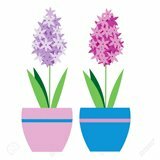 Sonbol: hyacinth, a spring flower that also symbolizes the renewal of nature.
Sonbol: hyacinth, a spring flower that also symbolizes the renewal of nature.
Other items that are included are:
![]() Red fishes: symbolizes life.
Red fishes: symbolizes life.
![]() Painted eggs: symbolizes fertility.
Painted eggs: symbolizes fertility.
![]() Candles: symbolizes enlightenment.
Candles: symbolizes enlightenment.
![]() And a book of prayer ( Quran ) or poetry ( Divan-e Hafez )
And a book of prayer ( Quran ) or poetry ( Divan-e Hafez )
Usually, on the first day of Nowruz, family members wear their new dresses and gather around the Haft Seen table, and wait for the exact moment of the arrival of the spring then they kiss each other and gifts are exchanged.
Nowruz Holidays
During the Nowruz holidays, people are expected to visit each other (families, friends) it could be a short visit and the other side will also pay you a visit during the holidays and usually before the 13th day of the New Year.
Usually, on the first day, they visit the most senior family members. The Youngers pay a visit to the elders first, and the elders return their visit too.
SHORTCUTS
Tripadvisor: Letsvisitpersia
WhatsApp :+989333020393
Telegram: Letsvisitpersia
